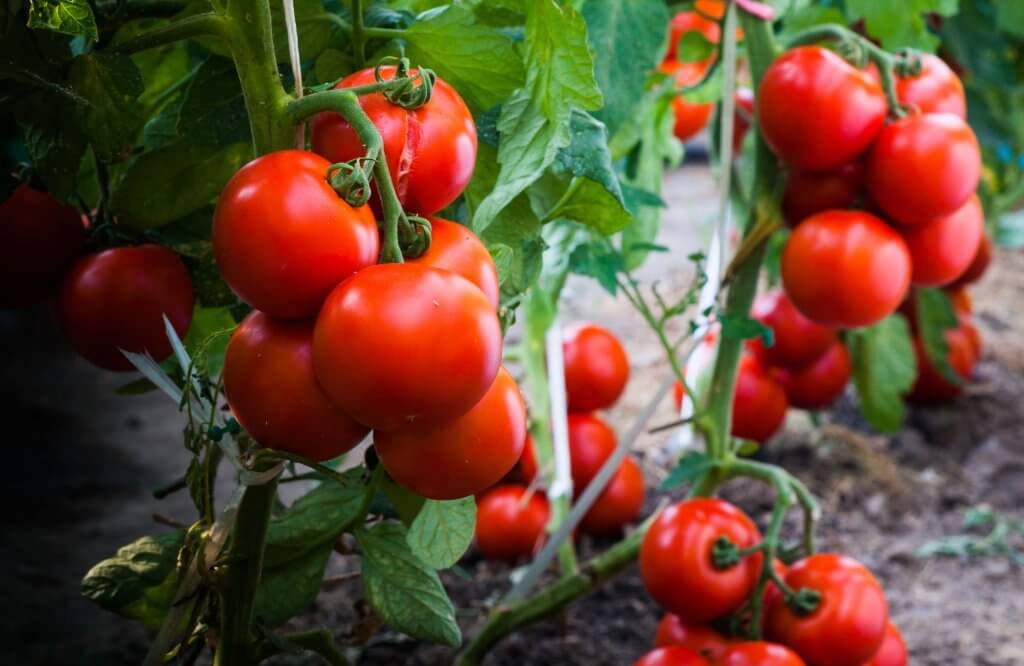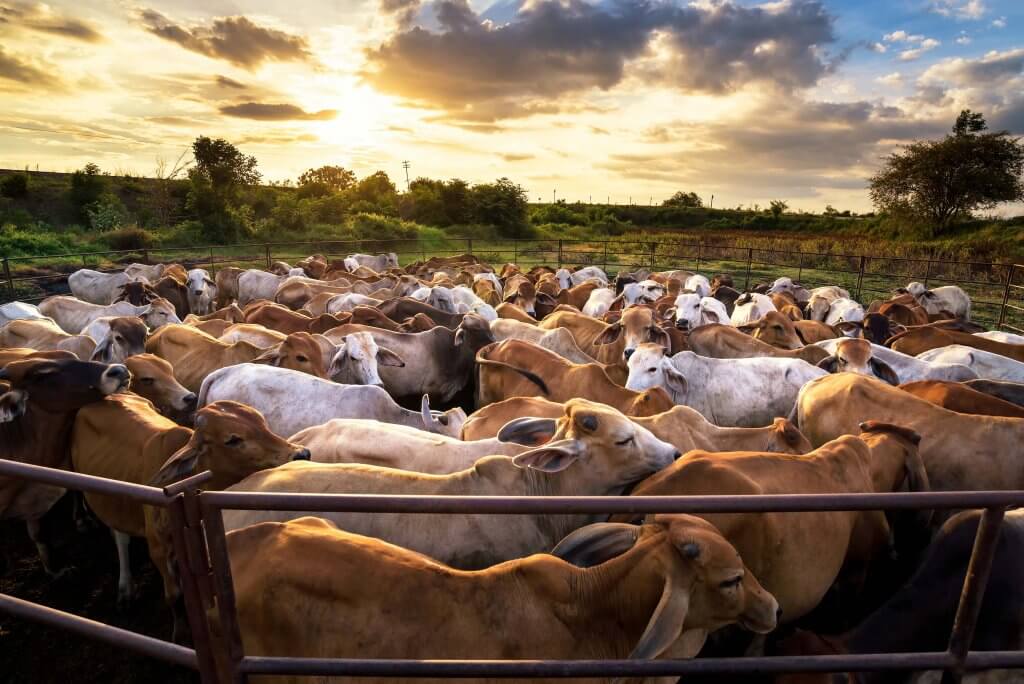You know that you can’t continually overindulge with junk food and poor lifestyle choices and sustain good health. Same goes for the planet. The type of food you eat—and where and how it’s grown—can have a profound effect on the environment. Monoculture, chemical interventions, deforestation, massive water use, and loss of biodiversity all pack an environmental punch on our limited natural resources.
Every time you shop and eat, you make a choice to support a healthy body and a healthy planet—or not. So, here are our top tips for how to pile your plate with foods that are good for you, and good for the planet.
Buy Locally
- Locally-grown often means fresher and more nutritious food because less storage and transport are needed. You also support local employment and the health of our economy.
Choose Quality
- Buy certified organic from farmers and producers who promote biodiversity and soil quality.
- Look for growers and producers with sustainable values and clean ingredients.
- Choose non-GMO.
- Look for sustainably sourced seafood with the blue Marine Stewardship Council (MSC) label—in your supplements and pet food, too.
Eat Veggies
- Eat more fruits and vegetables than any other food group—that includes legumes and grains.
- Eat in season for highest quality nutrition. Use what’s grown locally as your guide.
- Choose field-grown over greenhouse-grown produce.
- Eat raw foods—no cooking means energy savings.
Reduce or Eliminate Meat & Dairy
- Go for quality over quantity: choose kinder grass-fed, whenever possible.
- Start by going meat-free one meal a day or one day a week.
- Choose a vegetarian option: bean over beef burrito, tofu over chicken curry, nut mylk over dairy for your oatmeal.
- Be a reducetarian: double the veg and halve the beef in your chili.
Be a Farmer
- Be a local producer by growing a garden, or use a window box, patio pot, or window sill planter.
- Preserve food in season. Drying, canning, and freezing foods preserves all their goodness and saves you money when you crave strawberries in January.
Create No Waste
- Plan ahead. Make a list and buy only what you need—especially fresh fruit and veggies which quickly lose their nutritional value.
- Eat your leftovers the next day or freeze for another time.
- Cook in bulk to save energy.
- Freeze your meat and veggie scraps (except peppers and cruciferous) until you have enough to make stock or soup.
Pick Package-free
- Pay attention to packaging and opt for none, if possible.
- Buy in bulk and fill your own cloth bag.
- Buy paper-wrapped meat or fish over the counter, rather than pre-packaged.
- Take your own reusable glass or stainless-steel beverage bottle.
- Choose products in glass rather than plastic bottles and jars. Re-use for food storage at home.
- If you must buy in plastic, buy large, bulk sizes.
- Keep your empties and get them refilled.
- Bring your own bulk, produce, and shopping bags.
Climate-friendly Foods

Enjoy these low greenhouse-gas emission foods.
- Tomatoes – Choose field or garden vs greenhouse grown.
- Lentils – Fibre and protein rich, lentils emit 40x less CO2 than meat protein sources.
- Green Peas – Natural nitrogen fixers, peas convert nitrogen into a usable form for other organisms, and don’t need synthetic fertilizers to grow.
- Broccoli – Along with other cruciferous vegetables, it contains natural pest protection, needing less fertilizers and pesticides.
- Organic Tofu – Protein-packed, tofu creates 13x less greenhouse gas emissions than beef.
Environmental Food for Thought
“The livestock sector is a major stressor on many ecosystems and on the planet as a whole. Globally it is one of the largest sources of greenhouse gases and one of the leading causal factors in the loss of biodiversity, while in developed and emerging countries it is perhaps the leading source of water pollution.”
—Livestock’s Long Shadow report (2006),
Food and Agriculture Organization (United Nations)

- Fossil fuels burned to produce fertilizers for animal feed crops releases 41 million metric tons of carbon dioxide (CO2) every year.
- Globally, deforestation for animal grazing and feed crops emits almost 2.5 billion tons of CO2 every year. We also lose the trees that act as carbon sinks to absorb harmful CO2.
- One 7 oz steak is equivalent to driving 50 kilometres.
- Per gram of protein, beef production uses 20x the land and generates 20x the emissions of bean production.
- Native plant and animal species are lost when land is cleared for animals and their food:
- US: over 260 million acres of forest has been cleared for livestock crop fields.
- Brazil: 3 million acres of rainforest land has been cleared to grow chicken feed.
- Amazon Rainforest: 100 million hectares of forest has been cleared for soybean feed.
- Almost 2,000 gallons of water is needed to produce 1 lb of beef vs. under 200 gallons for a pound of potatoes. 80 hamburgers = 10 years of showers.
- Heavy water use leads to drought and pathogen discharge into freshwater systems.
- About 477 gallons of water is needed to produce 1 lb of eggs.
- One third of marine (wild) stocks were overfished in 2015, with another 60% fished at maximum sustainable levels.
- 5 lb of wild fish (for fishmeal and oil) are needed to raise 1 lb of farmed salmon or tuna.
Article was published in The Good Life magazine.
